MYSTERIES OF THE HOPEWELL
Astronomers, Geometers, and Magicians of the Eastern Woodlands
SERIES ON OHIO HISTORY AND CULTURE
John H. White and Robert J. White, Sr., The Island Queen:
Cincinnatis Excursion Steamer
H. Roger Grant, Ohios Railway Age in Postcards
Frances McGovern, Written on the Hills:
The Making of the Akron Landscape
Keith McClellan, The Sunday Game:
At the Dawn of Professional Football
Steve Love and David Giffels, Wheels of Fortune:
The Story of Rubber in Akron
Alfred Winslow Jones, Life, Liberty, and Property:
A Story of Conflict and a Measurement of Conflicting Rights
David Brendan Hopes, A Childhood in the Milky Way:
Becoming a Poet in Ohio
John Keim, Legends by the Lake: The Cleveland Browns
at Municipal Stadium
Richard B. Schwartz, The Biggest City in America:
A Fifties Boyhood in Ohio
Tom Rumer, Unearthing the Land: The Story of
Ohios Scioto Marsh
Ian Adams, Barney Taxel, and Steve Love,
Stan Hywet Hall and Gardens
William F. Romain, Mysteries of the Hopewell: Astronomers,
Geometers, and Magicians of the Eastern Woodlands
MYSTERIES OF THE HOPEWELL
Astronomers, Geometers, and Magicians of the Eastern Woodlands
WILLIAM F. ROMAIN
The University of Akron Press  Akron, Ohio
Akron, Ohio
Copyright 2000 by William F. Romain
All rights reserved
All inquiries and permissions requests should be addressed to the publisher, The University of Akron Press, Akron, OH 44325-1703
Manufactured in the United States of America
First Edition 2000
12 11 10 09 5 4
LIBRARY OF CONGRESS CATALOGING-IN-PUBLICATION DATA
The Library of Congress has cataloged the hardcover edition of this book as follows
Romain, William F., 1981
Mysteries of the Hopewell : astronomers, geometers, and magicians of the eastern woodlands / William F. Romain.1st ed.
p. cm. (Ohio history and culture)
Includes bibliographical referencs and index.
ISBN 1-884836-61-5 (cloth : alk. paper)
ePDF 978-1-935603-24-5 ePub 978-1-935603-25-2
1. Hopewell culture. 2. Indian astronomyOhio. 3. Indians of North AmericaOhioMathematics. 4. OhioAntiquities. I. Title. II. Series.
E99.H69 R65 2000
977.1'Ldc21
00-055959
ISBN 978-1-931968-01-1 (pbk. : alk. paper)
The paper used in this publication meets the minimum requirements of American National Standard for Information SciencesPermanence of Paper for Printed Library Materials, ANSI Z39.48-1984.

This book is dedicated to my mother, Frances Spania-Rothenberg, who, always and in every possible way, supported and encouraged me in my quest to know the past and to my wife, Evie Romain, who always brought a smile to my face.
CONTENTS
PREFACE
Arguments against new ideas generally pass through three distinct stages, from Its not true, to Well, it may be true, but its not important, to Its true and its important, but its not newwe knew it all along.
John D. Barrow, astronomer
It is the theory that decides what we can observe.
Albert Einstein
Looking back on it, now, it all seems quite remarkable. Understandably, then, there will be people who doubt what follows. Nevertheless, I must tell of my findings that show, beyond any reasonable doubt, that the Native Americans who lived herein eastern North America some two thousand years agowere accomplished in astronomy, geometry, measuring, and counting.
Having said this, I think it is virtually certain that a handful of archaeologists will object that I have ventured too deeply into the realm of speculation, while those who are more intuitively inclined will not be happy with my emphasis on certain technical aspects of astronomy, geometry, and mathematics. And, too, no one will be happy with my reliance, in some instances, on maps and data that are more than a hundred years old.
My response is that I have tried to take the middle ground. Too often archaeologists forget that one of our objectives is the reconstruction of past lifeways. To the extent that it is possible, this includes the reconstruction of belief systems, religions, and ideology. Deductive reasoning, inference, and analogy are often the tools we use to accomplish this objective. The difficult part is to recognize when we are entering the realm of speculationand if we do, then to state that what we are offering is opinion rather than fact. In this book, I have tried to do just that. That is, I have tried to identify and separate speculation and opinion from fact. I will leave it to the reader to judge how successful I have been.
For those who are inclined to an intuitive view of the world, are not based in any personal belief in mysticism, sacred power, a personal God, or gods, but in the idea that, because the human brain is basically structured the same among all humankind, many of the ways in which we perceive and react to the world around us are likewise the same (see, for example, DAquili, Laughlin, and McManus 1979; Laughlin and DAquili 1974).
Now, of course, I recognize that there are many wonderful examples of diversity that exist among us. And clearly, we do have differences both individually and culturally. However, my belief is that underneath it all, below the superficial trappings of whatever culture we are born into, we are fundamentally more alike than we are different. Our physical drives and needs, even our hopes and dreams and fears, are pretty much the same across humanity.
Admittedly, some may consider this to be a naive or simplistic point of view. But if what I have just proposed is true, even to the slightest extent, then surely this gives us something of an intuitive ability to understand and relate to the thought processes of humankind across time.
Finally, to those who might protest my occasional use of maps and data generated by nineteenth century surveyors and explorers, like Ephraim G. Squier and Edwin H. Davis, I have to agree that I am also unhappy with this situation. However, because so many of the ancient Hopewell sites have been destroyed, it sometimes happens that these old maps and data are all we have left. Now we could lament this loss, throw up our hands in despair, and make no effort to unravel the mysteries of the Hopewell. Or we can make the most out of what we have. For better or worse, I have chosen the latter path. Let it be known, however, that in all instances I have used the most accurate and complete data currently available. Along these lines too, I note for the record that the data presented in this book supercedes and, in a few instances, corrects some of my earlier published efforts.
In the pages to follow, I hope to bring some new ideas to the world of Hopewell archaeology. Perhaps some of these ideas will find general acceptance. Others may not. This is the way of science, and I accept that. In the meantime, though, I would like to leave the reader with the following thought.
The Hopewell preceded us by two thousand years. In evolutionary terms, two thousand years is not a very long time. Moreover, from everything the physical anthropologists can tell us, there is no reason to think that the people of two thousand years ago were any less intelligent or clever than we are today. Indeed, we can assume that the Hopewell were our cognitive equals.


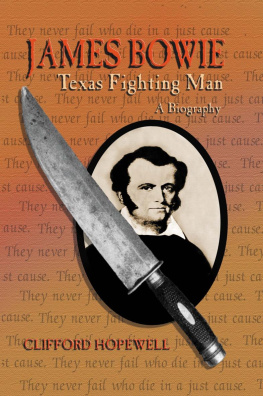
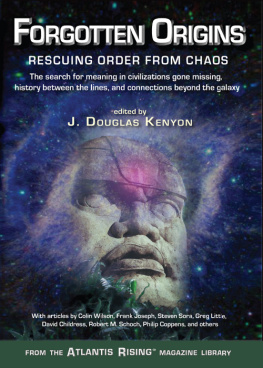
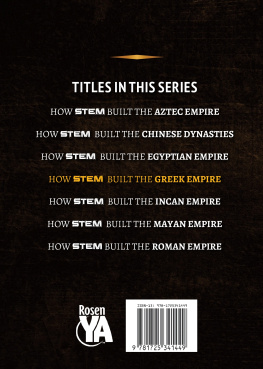

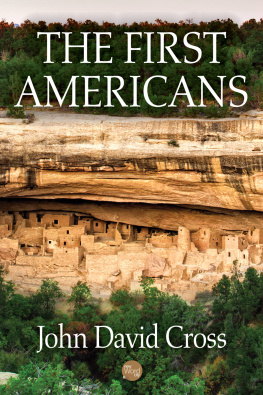
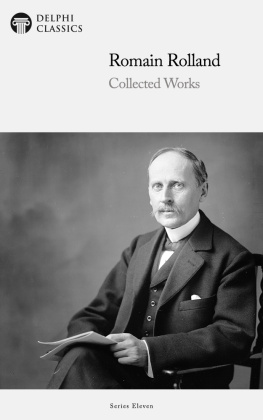
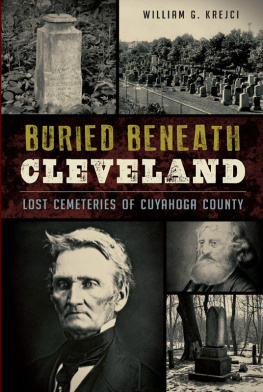
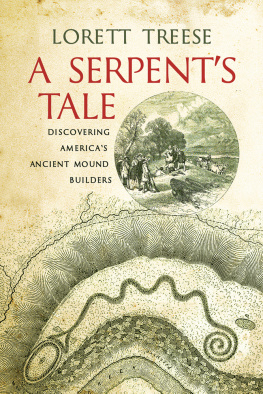
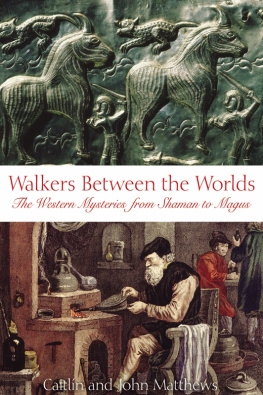
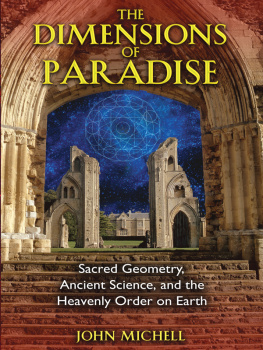
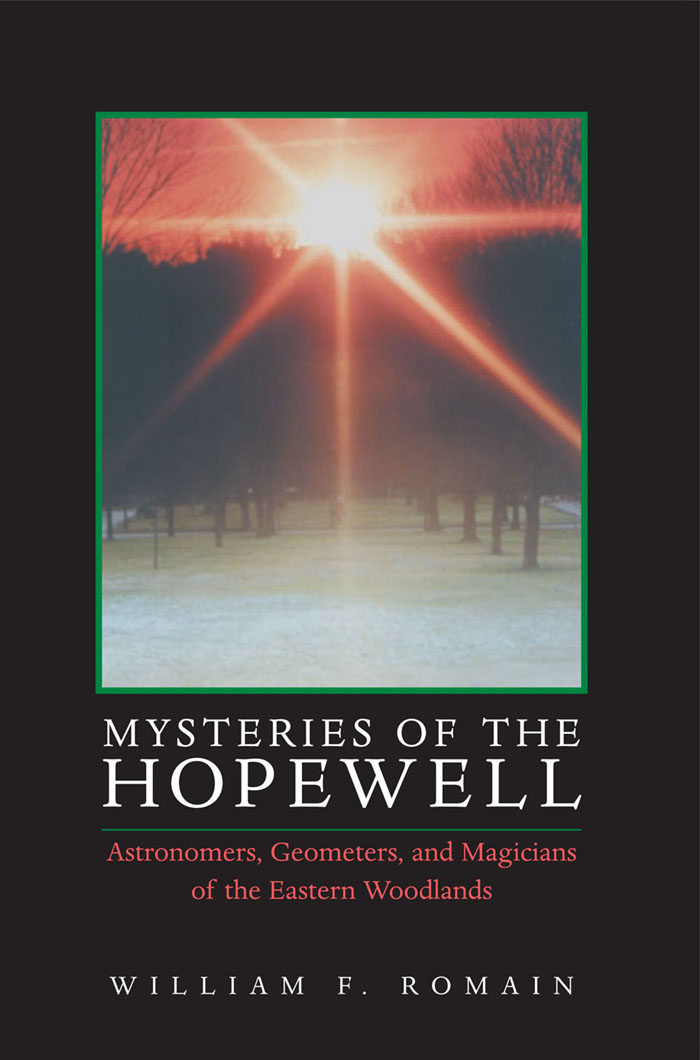
 Akron, Ohio
Akron, Ohio